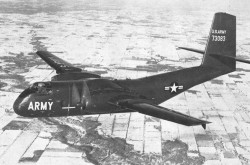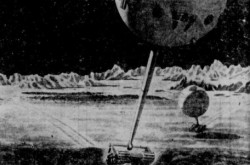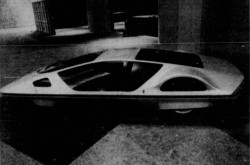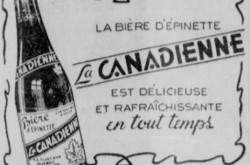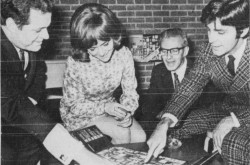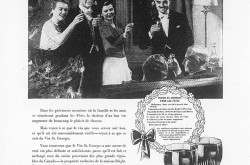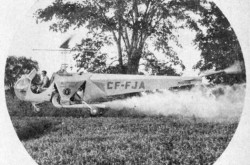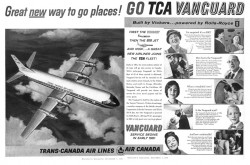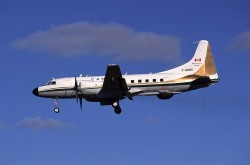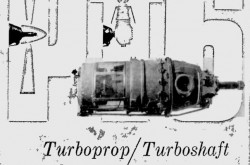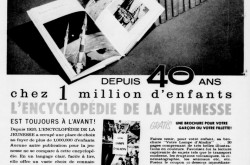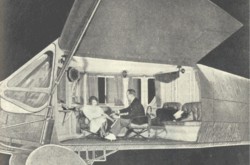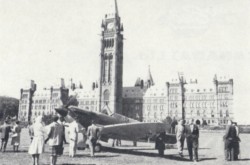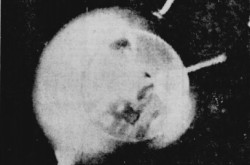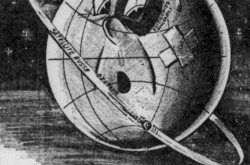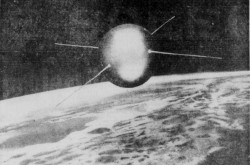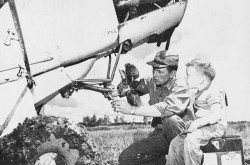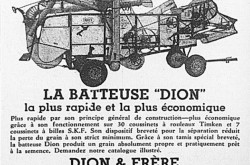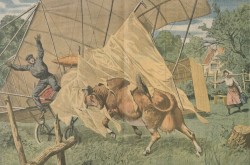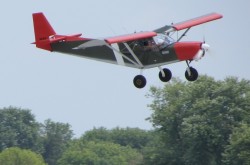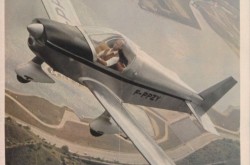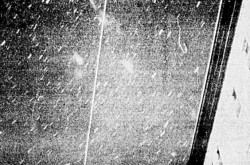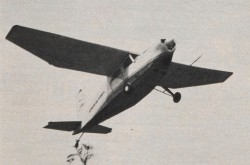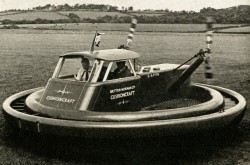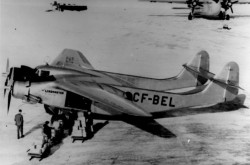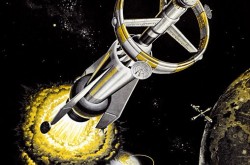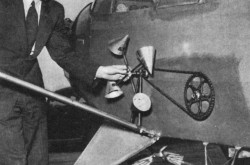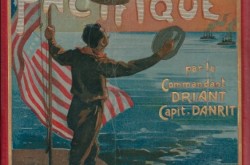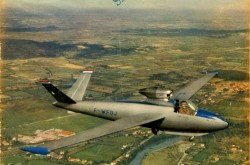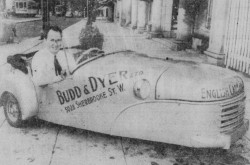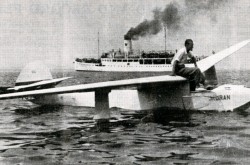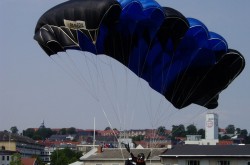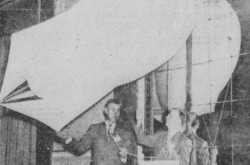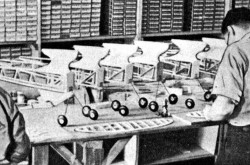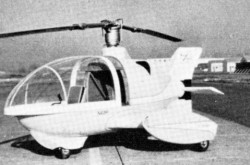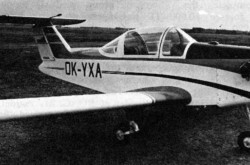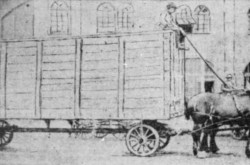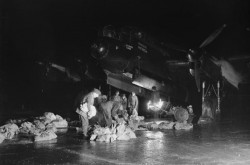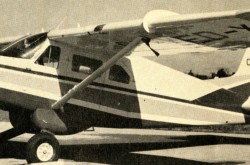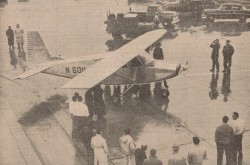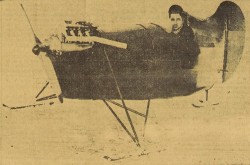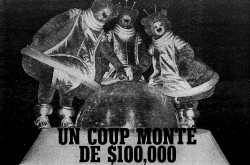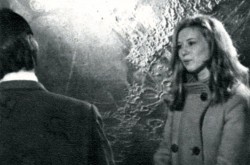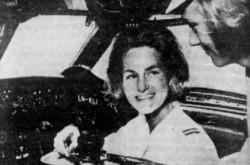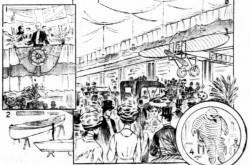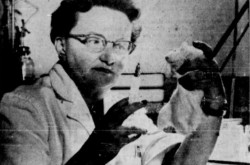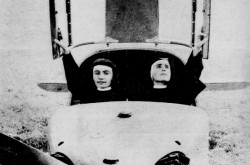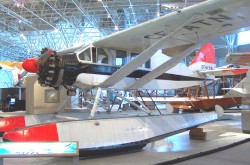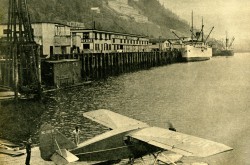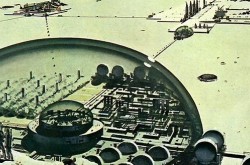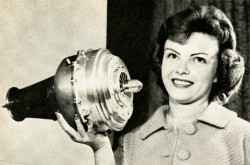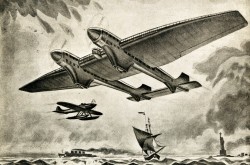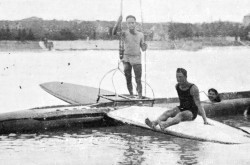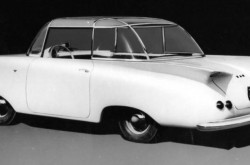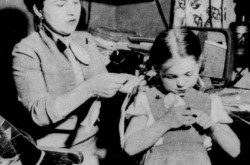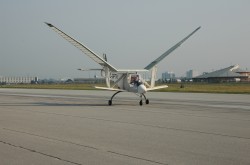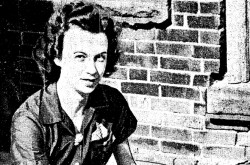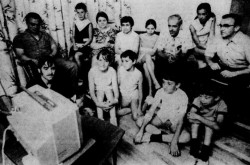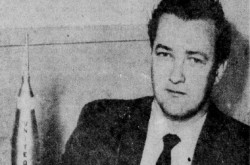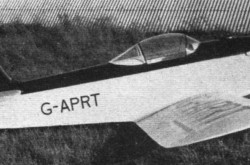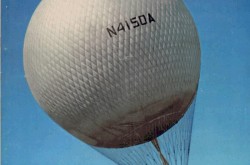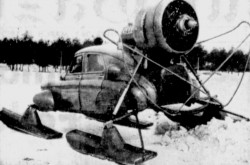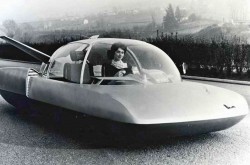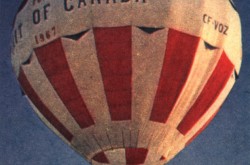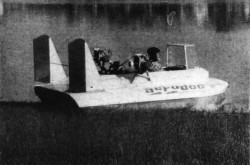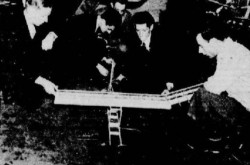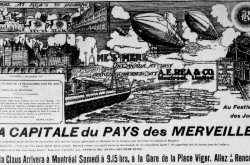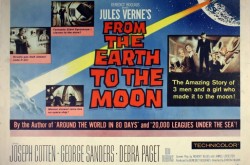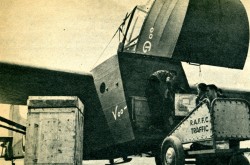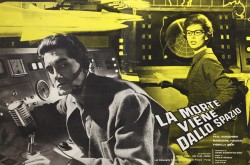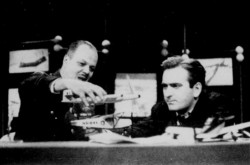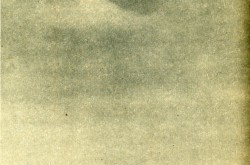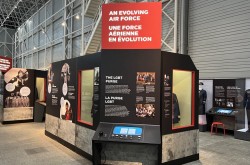Not everyone knows that aircraft manufacturing can be a contact sport: Clarence Decatur Howe, Harvey Reginald MacMillan and the production of Avro Anson advanced training aircraft in Canada, Part 1

I would like on this day to spend several minutes with you, reviewing the history of an aircraft, but not just any aircraft. The Avro Anson was one of the most important advanced training aircraft of the Second World War.
Need I add that the stunning collection at the Canada Aviation and Space Museum in Ottawa, Ontario, has an Anson? Or that the first flight of the first Canadian-made Anson took place in August 1941, precisely 80 years ago?
If I may be permitted to paraphrase, out of context and in translation, a few lines of the magnificent French song La bohème of 1965, by Charles Aznavour, born Shahnourh Varinag Aznavourian, a world famous French author composer interpreter, actor and writer of Armenian origin, I speak of a time that those under 20, that the great majority of people alive today in fact, cannot know. The world at that time, the 1930s of course, was in a very serious crisis.
Canada, the main member country of the Commonwealth, after the United Kingdom of course, more or less exclusively used British war material to equip its armed forces. Canada’s entry into war in September 1939, at the outbreak of the Second World War, only increased that cooperation.
In December 1939, Canadian-British relations tightened a notch. The British Commonwealth Air Training Plan (BCATP) was born. To meet the needs of this huge project, the federal government signed a multitude of contracts with a multitude of construction firms. Over the months, nearly 120 schools of various types (elementary flying training, service flying training, bombing and gunnery, etc.) appeared across the country. Between 1940 and 1945, the BCATP trained approximately 130 000 of the 290 000 Commonwealth air force pilots and crews – an outstanding achievement.
The needs of the BCATP also led the federal government to sign contracts with local aircraft manufacturers. Contracts related to the production of war materiel for the Canadian armed forces were indeed quickly growing in number. An organisation created in November 1939, the completely out of its depth War Supply Board, was no longer sufficient. In April 1940, Prime Minister William Lyon Mackenzie “Rex” King created a new position within the Cabinet. The first Minister of Transport, Clarence Decatur “C.D.” Howe, took control of the production of war materiel in Canada.
And yes, that is right, Howe has been mentioned many times, since May 2018, in our blog / bulletin / thingee.
Nothing escaped the Minister of Munitions and Supply. Howe saw all and wanted to know all. He wanted to ensure the supremacy of civilians in the field of military procurement in Canada. King agreed and gave him free rein. Senior officers quickly realised what was going on. Some of them complained, without winning their case. Shortly after taking office, Howe created an executive committee with broad individual and collective powers. This authentic board of directors controlled war production in Canada. The minister borrowed the idea from the business world, with which he was very familiar.
That was only the beginning. Howe already had other ideas in mind, and over the next few months the Department of Munitions and Supply gradually turned into a laboratory of bureaucratic creativity. In key positions, Howe installed his own men, most of whom were skilled and experienced entrepreneurs. A formidable alliance of economic and political powers emerged. Like Canada, it was a curious mix of strong central power and deep decentralisation. In Canada, this type of experience remained truly unique. The good impression Howe created in financial circles would also change business attitudes towards the party in power during the Second World War for a long time to come.
Howe did not work alone at the Department of Munitions and Supply. His close associates also played a very important role. Among these was the owner of a shipping and fishing company in Halifax, Nova Scotia, Ralph Pickard Bell – a gentleman mentioned several / many times in our you know what since September 2017. In June 1940, this friend of the minister joined the executive committee as director general of aircraft production.
An enthusiastic private pilot, Bell knew nothing about the industry’s issues but no matter, Howe trusted him – most of the time. There was a need to coordinate industry efforts to speed up production, and the new director general did not hesitate to go back to school to do so. He met with business leaders and visited most of the factories. Bell had good business acumen and was a fast learner. Interestingly, he did not seem to receive any salary. The Aircraft Production Branch was one of the most important elements of the Department of Munitions and Supplies.
As you would expect, the growth of the Canadian aircraft industry during the Second World War did not proceed smoothly. One example was the production program of the British Avro Anson twin-engine advanced training aircraft, a saga whose first chapter began in early 1940.
The choice of a standard twin-engine advanced training aircraft, used for training bomber crews, was obviously an important part of the BCATP. The Anson won hands down. The United Kingdom was to provide the fuselages and engines. The fragile and bulky one-piece wooden wing would have to be made in Canada. A well-known aircraft manufacturer mentioned many times in our blog / bulletin / thingee, since March 2018, de Havilland Aircraft of Canada Limited of Downsview, Ontario, a subsidiary of an also well-known British aircraft manufacturer, de Havilland Aircraft Company Limited, would assemble the aircraft.
And yes, the United Kingdom would also deliver partly disassembled Anson.
Is that your hand I see poking through the ether, my reading friend? Let me guess. You wish to know more about the Anson. Oh, happy day!
The story of the Anson began in 1933 when Imperial Airways Limited, the heavily subsidised and constantly in the red privately owner British national carrier involved in linking numerous elements of the British empire, issued a specification for a really small (4 passengers) airliner. The first Avro Type 652 flew in January 1935. The pair of machines built, yes, only one pair, was delivered in March.
It so happened that, back in 1933, the British Air Ministry had put forward the idea of having the Royal Air Force (RAF) use a relatively cheap landplane to conduct coastal patrol flights. A.V. Roe & Company Limited, a firm mentioned several / many times in our blog / bulletin / thingees since March 2018, proposed a militarised version of the Type 652. The prototype of this machine, test flown in March 1935, proved superior to the other airplane entered in the competition and was ordered under the name of Avro Anson. The first production Anson was delivered to an RAF squadron in March 1936.
Although solid, reliable and durable, the Anson, or “Faithful Annie” as it was often called, had such deficiencies (speed, range, bomb load, armament, etc.) that the RAF began to look for a new coastal patrol aircraft in 1938.
The career of the Anson was far from over, however. The RAF had begun to rearm seriously in 1936 and it dearly needed advance training aircraft to train the various crew members of its new medium and heavy bombing aircraft. Indeed, Ansons began to serve as training machines as early as 1936.
By the time production ended, in 1952, more than 11 000 Ansons had been built in the United Kingdom and Canada. All in all, this remarkable machine served in the armed forces of almost 30 countries across the globe. Civilianised war surplus Ansons as well as some aircraft built as small airliners served in several countries as well, including Canada, but back to our story.
The deliveries of British fuselages and engines having ended around the middle of 1940 following the German offensive which led to the fall of France, the Canadian government found itself obligated to act.
The Cabinet examined, for example, the problem caused by the lack of engines. Since license production in Canada seemed impossible, a supplier had to be found in the United States. Howe and a Canadian delegation went there immediately. The first contacts did not result in much. The year was 1940 and the most important factories were already operating at full capacity. One had to look elsewhere. The Canadian delegation ultimately chose an engine manufactured by Jacobs Aircraft Engines Company. The American firm gladly agreed to sell to Canada virtually all the engines produced up to December 1941.
Not all problems were solved, however. The needs of the BCATP amounted to more than 1 500 Ansons. This huge number far exceeded the production potential of the aircraft industry in Canada. One therefore had to look elsewhere. Bell soon shone by proposing a really interesting idea: the creation of a crown corporation with extensive powers, the sole objective of which would be the realisation of the Anson production program. He also proposed to offer all new Anson-related orders to firms outside of the Canadian aircraft industry.
Howe was very impressed. His legal advisers immediately prepared a draft charter for this firm. Bell read the document. His disappointment was deep. The crown corporation, Federal Aircraft Limited of Montréal, Québec, would have no power. He visited Howe and handed in his resignation. The minister, surprised, refused to accept it. He suggested that Bell prepare a second charter, in collaboration with lawyers of the Department of Munitions and Supply.
Keeping the momentum, Howe offered his visitor the presidency of the new firm. Bell hesitated. He already had a lot of work to do. Howe reiterated his position. Bell ended up being tempted. He visited the legal advisers. The atmosphere was jocular and, in less than an hour, these experts chose all the members of the board of directors of the new firm. Bell was surprised at these unorthodox methods. He used a very colorful expression to describe them: “making the thunder roll and the lightning play.”
No less than 11 firms, located in 5 Canadian provinces, from Nova Scotia to British Columbia, eventually participated in the Anson production program launched in June 1940. The firms which delivered complete aircraft were Federal Aircraft and, far more so, de Havilland Aircraft of Canada, as well as
- Canadian Car & Foundry Company Limited, at its plant in Amherst, Nova Scotia,
- Macdonald Brothers Aircraft Limited of Winnipeg, Manitoba, a subsidiary of MacDonald Brothers Sheet Metal & Roofing Limited of Winnipeg,
- National Steel Car Corporation / Victory Aircraft Limited of Malton, Ontario, and
- Ottawa Car & Aircraft Company Limited of Ottawa.
Canadian Vickers Limited of Montréal provided technical support to Federal Aircraft.
The Anson production program was a good illustration of Canada’s new defence policy, which was more independent and more focused on the United States.
And yes, several of the firms mentioned above were mentioned in our you know what:
- Canadian Car & Foundry, on several occasions since May 2019,
- Canadian Vickers, on many occasions since May 2018,
- National Steel Car / Victory Aircraft, in May 2019, July 2019 and March 2021, and
- Ottawa Car & Aircraft, in September 2020.
The management of Federal Aircraft quickly began to look for competent and qualified personnel. It had very serious problems finding them. In Canada, at that time, experts in aeronautics were very rare. The industry let a few men go; it lent a few more. Among them was Richard J. “Dick” Moffett. In July 1940, this gentleman left his position as manager of Canadian Vickers and became general manager of Federal Aircraft. As soon as he moved in, Moffett began to study all his files. What he found was completely unacceptable. Delays were adding up and nothing was moving forward. There was chaos everywhere.
His immediate supervisor, meanwhile, was having very serious difficulty keeping himself afloat. Bell, in fact, felt more and more torn apart by his functions, the presidency of Federal Aircraft and the direction of the Aircraft Production Branch of the Department of Munitions and Supply. Howe was not fooled.
At the beginning of August, he invited Bell to his office and removed him from the presidency of Federal Aircraft. Howe selected a capable, dynamic and pro-party in power businessman from Ontario, Frank Ray Lawson, for the role. This professional lithographer had a volcanic temper. The staff of Research Ltd, another crown corporation, still vividly remembered his recent presence in their midst. It had allegedly done all it could to get rid of him.
Lawson, it seemed, had not learned much. Once at the head of Federal Aircraft, he began to give instructions and shout his orders. Bell, meanwhile, returned to the Department of Munitions and Supply, in Ottawa. Many of the technicians on loan from the Department of Munitions and Supplies also returned to Ottawa at almost the same time.
Bell, however, continued to take an interest in the progress of Federal Aircraft. He had put a lot of effort into it, and when Lawson refused to take his advice, the atmosphere chilled considerably. The tone went up. Insults flew. Bell and Dawson ended up deeply hating each other.
Moffett suffered the repercussions of that quarrel. Between him and Lawson, it was practically open warfare. In August 1940, Moffett handed in his resignation. Howe sent him flying. Moffett had another go in September. Howe sent him flying again.
More and more observers pointed to the mismanagement and lack of judgment of the management staff of Federal Aircraft. Lawson and the management of the aircraft manufacturers associated with the project actually hated each other with a vengeance. The production program of the Anson was stalled and the aircraft industry increased its pressure on Howe. Federal Aircraft was a monster, it said. It had to be put down and fast.
Things did not improve when Lawson, the complete novice, took it upon himself to show the aircraft manufacturers how to go about mass producing aircraft. In mid-August 1940, Lawson met with spokespersons of the 3 firms which made Anson fuselages. He was interested in their production rate and expected a precise response. At least one of the firms refused to step on such slippery ground. There was a dearth of information. The plans and specifications had not yet been delivered. Federal Aircraft’s management was to blame.
Lawson did not like one bit that kind of attack. Federal Aircraft’s board of directors met and decided to start production of fuselages in workshops run by its own engineers. These incompetent and lazy aircraft manufacturing firms had to be taught a lesson. The competition would put them back in their place.
Lawson and his board of directors referred this project to Howe. This production capacity would increase the potential of the industry, they stated. It could also be used for research or testing. Howe was very skeptical but ended up agreeing anyway. Federal Aircraft rushed to lease space in the Delorimier stadium building in Montréal. Among aircraft manufacturers, the surprise was total. They protested and denounced this project which, in their eyes, was a monumental error. Lawson and Howe were not impressed. The industry resigned itself and accepted the intruder.
After a while, moreover, the Montréal plant of Federal Aircraft confused all its critics. It indeed produced fuselages satisfactorily, but I digress.
In any event, there was an abscess in need of lancing, and fast. One fine day, a forgotten genius remembered having known someone, the chief mechanical engineer of the Canadian Pacific Railway Company. This important firm mentioned several / many times in our blog / bulletin / thingee since April 2018 agreed to let William Arthur Newman go.
In November 1940, Newman became director of engineering and production for Federal Aircraft. As soon as he arrived, he accepted the resignation of Moffett who had left his post without permission to take care of production at de Havilland Aircraft of Canada. Overnight, the atmosphere calmed down. The staff breathed easier.
A detail before I forget. The RAF became interested in Canadian Ansons during the summer of 1940. It actually considered ordering a number of these aircraft for its own schools in the United Kingdom. Some studies soon showed that the British aircraft industry could meet these needs. The Canadian project, now unnecessary, was quickly abandoned. Bell did not complain. He had enough problems as it was.
The fact was that the Department of Munition and Supply had a lot of difficulty obtaining information about British needs from its British counterparts, the Ministry of Aircraft Production and the Ministry of Supply.
In early December 1940, Howe decided to go to the United Kingdom to see what was going on in these ministries. King agreed to let him go. Armed with this support, Howe prepared himself, but before embarking he wished to cover his posterior. There were ambitious people in Ottawa in 1940. Some of them had long teeth. Howe was particularly suspicious of a West Coast businessman, Harvey Reginald “H.R.” MacMillan, the director of the Wartime Requirements Board, a body founded in November 1940 whose function was to review the performance of the war industry.
To cover said posterior, Howe entrusted his department to men he trusted: Deputy Minister George Kingsley Sheils and Minister of National Defence for Naval Services Angus Lewis Macdonald. He wrote to Lawson and reminded him that he had full authority. The Anson’s production program was number one on the priority list. He could therefore act in peace. Acting Minister Macdonald would support him as much as possible, no matter what. Even Bell could no longer do anything against Lawson.
At the beginning of December 1940, Howe left New York City, New York, for the United Kingdom. He sincerely believed that the Anson’s production program was on track. Howe is wrong. He deeply underestimated the sense of frustration and impatience which pervaded the aircraft industry.
Howe also hoped to rest a little during the crossing but, again, he was wrong. The ship Howe travelled on was torpedoed by a German submarine. It sank right in the middle of the Atlantic. Howe, that devil of a man, managed to get away with it. His arrival in the United Kingdom did not go unnoticed. Every important newspaper talked about him. Howe was the hero of the hour. During the following days, the Canadian minister began discussions with the British ministers responsible for the production of war material: Lord Beaverbrook, born William Maxwell Aitken, a Canadian, at the Ministry of Aircraft Production, and Sir Andrew Rae Duncan, at the Ministry of Supply.
And yes, Beaverbrook was mentioned in a November 2020 issue of our blog / bulletin / thingee.
Meanwhile, back in Canada (dramatic music)… In December 1940, with the support of some aircraft manufacturers, 2 publications of the Maclean Publishing Company Limited of Toronto, the monthly Canadian Aviation and the weekly Financial Post, turned their attention to the somewhat chaotic Anson production program.
This was a serious and grave matter, the outcome of which was uncertain. To control a machine of that size, one needed experience and a lot of leadership. Lawson and his team worked very hard, but that was not enough. They could not control production. The subcontractors were isolated. They produced too much or not enough. Good understanding no longer existed, undermined by Lawson’s criticisms. Faced with this chaos, aircraft manufacturers started to react. Some of them joined forces with the press to denounce the incompetence within Federal Aircraft. Armed with its support, Canadian aircraft industry leaders were confident they would get what they were fighting for: the dissolution of Federal Aircraft and the transfer of control of the Anson production program to a Canadian aircraft manufacturer.
Would you believe that the aforementioned Bell was secretly participating in this press campaign against Lawson? With friends like him…
The aforementioned aircraft industry leaders could count on the support of a smart, ambitious and anti-party in power businessman, the aforementioned MacMillan.
To achieve his ends, MacMillan simply thought of revealing to the general public all the mistakes Howe had made since joining the Department of Munitions and Supplies. As you might expect, this giant of the British Columbia forest industry followed developments in the Anson and Federal Aircraft cases very closely. As unbelievable as it may sound, Bell provided him with some extremely interesting information. All of this highly confidential data added considerable weight to MacMillan’s claims and attacks. Several dailies took his words and turned them into explosive headlines. The crusade launched by MacMillan thus began to bear fruit. Newspapers across Canada began to seriously consider a coalition government. MacMillan, meanwhile, was already toying with new ideas: crushing Howe and entering the cabinet of that new government.
In order to increase his chances of success, MacMillan sought to build a network of influence within the Department of Munitions and Supply. Among other things, he appealed to the anti-party in power sentiments of the businessmen Howe had recruited from across Canada. His attempts failed. It did not gather any support. The new administrators had placed their trust in Howe and refused to endorse MacMillan and his crusade. Their eminent colleague ignored reality. He denounce and criticised, without proposing solutions. That kind of attitude was really unprofessional.
Despite these failures, MacMillan nonetheless continued to meet with the press. He was also working on another project, a report destined for the Cabinet where he reviewed all war materiel production. This document, he believed, would deal the final blow to the chaos reigning in the Department of Munitions and Supply. Howe would be swept away.
In most cases, said (typed?) MacMillan, the problems in Canada stemmed from chronic weaknesses in management personnel. The Canadian aircraft industry, in his eyes, was a textbook example. Instead of looking for a few experts overseas, in the United Kingdom or United States, Howe had hired Canadian novices. Lawson, for example, could no longer control Federal Aircraft. Chaos reigned there and revolt brewed. MacMillan supported the aircraft manufacturers and their demands. Federal Aircraft had to be dissolved and control of the Anson production program returned to private industry.
Another choice of Howe had been happier. The aforementioned Bell had done his best since the very beginning, but again MacMillan was judgmental. Lawson and Bell had failed in their mission and hoped that they would be removed from their posts before long.
In all likelihood, Howe would suffer the same fate, but MacMillan seemed to wish that he found another job in Ottawa.
This respect for an adversary was also found in Howe. The minister readily admitted that MacMillan did not know the meaning of the word pity, but stated that he was a conscientious man who worked very hard. Lawson also made great efforts, according to Howe, but he had too many enemies. His performance, moreover, left much to be desired. As for Bell, Howe pointed out that he was “a dandy fellow but of course would slit anybody’s throat.” Howe knew very well what he was talking about, recalled the journalist who had collected these, to say the least, explosive remarks. The minister, stated the highly influential and respected Alexander Grant Dexter of the Winnipeg Free Press in Winnipeg, was “as good at throat slitting as the rest of them.”
The results of MacMillan’s press campaign were in fact of growing concern to government strategists. Some of them sincerely believed Howe was going to be swept away. They discussed this with King and proposed to subdivide the Department of Munitions and Supply into a department of construction, headed by Howe, and another for production. King, also very worried, hesitated. He did not want to act too fast. Howe had done a great job. He had the right to explain himself. King therefore decided to wait a little longer, but he intended, whatever happened, to get to the bottom of the matter. The abscess had to be lanced and deliveries of material to the BCATP had to increase. British Prime Minister Winston Leonard Spencer “Winnie” Churchill himself had expressed this wish and Canada, as a good ally, had responded affirmatively.
And yes, Churchill was mentioned several times, since May 2019, in our you always know what.
Howe returned to Canada in January 1941, in the midst of that sh*t storm. His mission had succeeded. The British government had finally agreed to provide him with a precise list of its armaments needs. The minister quickly realised that this success did not mean squat, however. His position and career were hanging by a thread.
And that is for today. Be sure to come back next week to read (see?) the exciting conclusion to this story. Tra la laaaa! Sorry.
Just one last thing before we put an end to this endless pontification. The great Charles Aznavour was mentioned in January and March 2020 issues of our blog / bulletin / thingee.


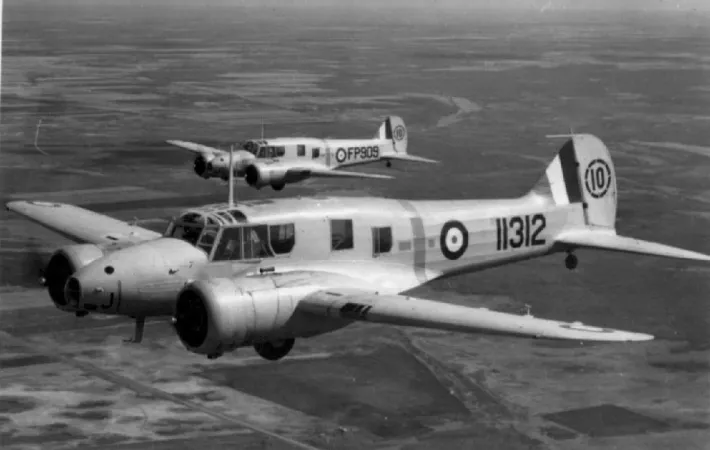












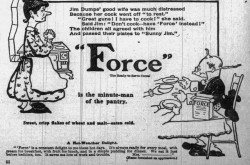
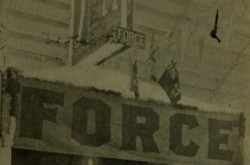
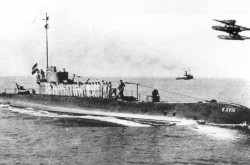
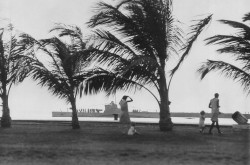
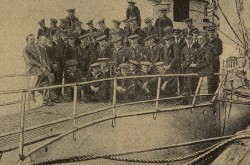
![A block of photographs showing some of the people involved in the bombing of beluga whales in the estuary and gulf of the St. Lawrence River. Anon., “La chasse aux marsouins [sic]. » Le Devoir, 15 August 1929, 6.](/sites/default/files/styles/thumbnail_7/public/2024-09/Le%20Devoir%2015%20aout%201929%20page%206.jpg?h=584f1d27&itok=TppdLItg)
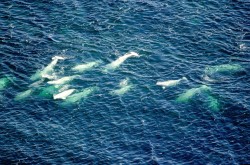
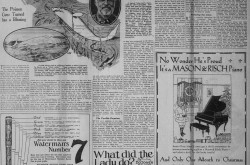

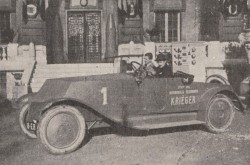
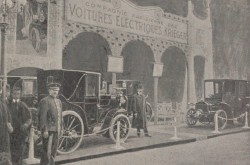
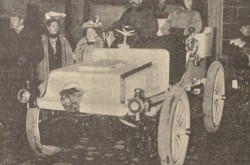
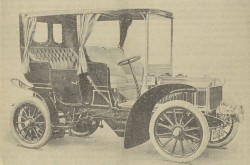

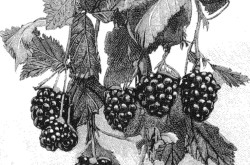
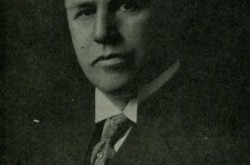
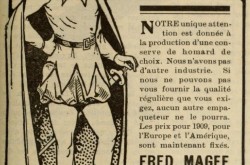
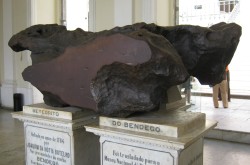
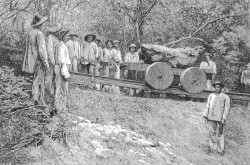
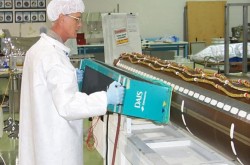

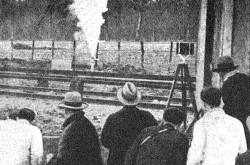
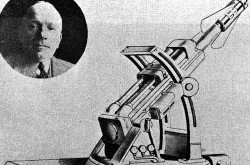
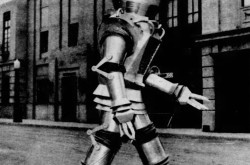

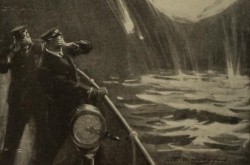
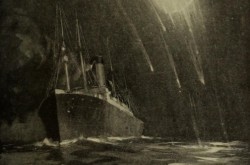
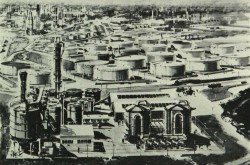

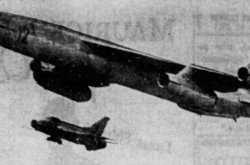
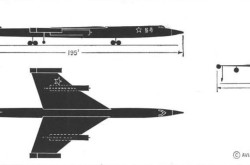
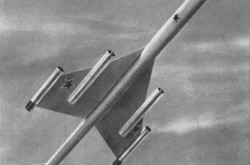
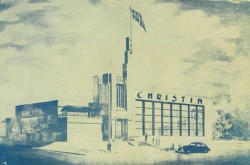
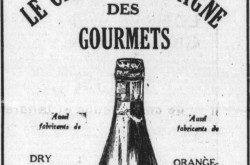
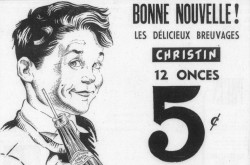
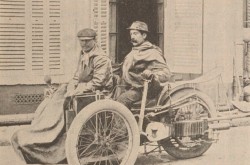
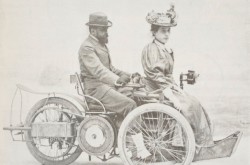
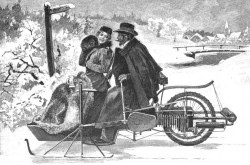
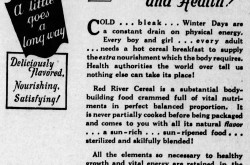

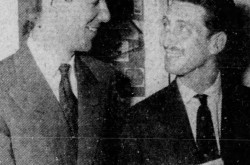
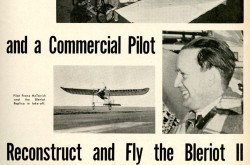
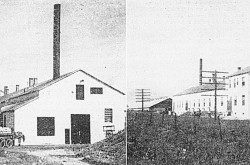
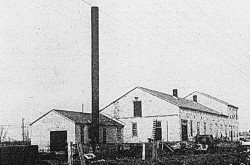



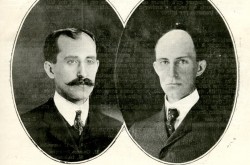

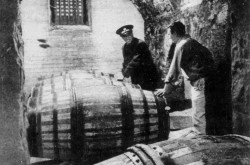
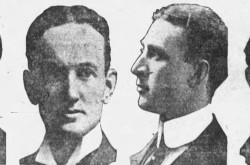
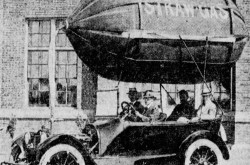
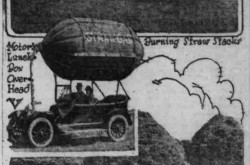
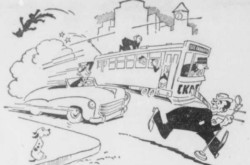

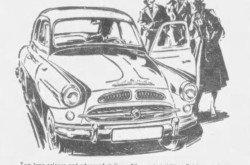
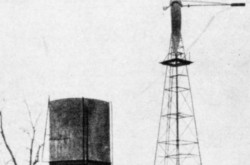
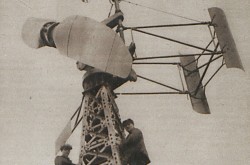
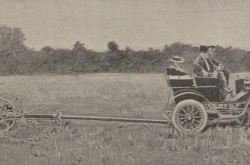

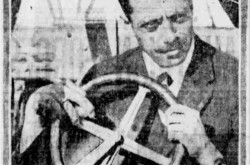
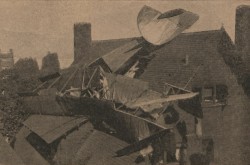
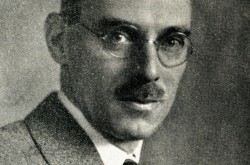
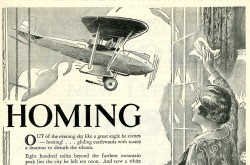
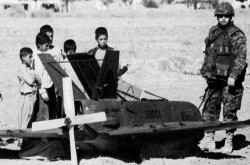
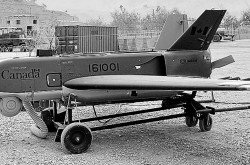
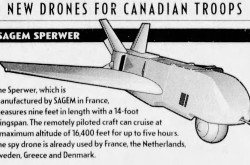
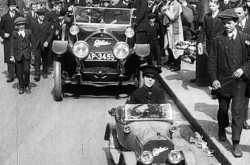
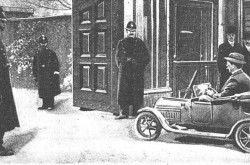
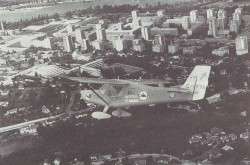
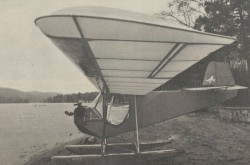

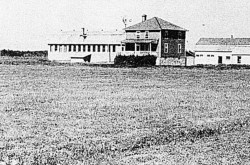
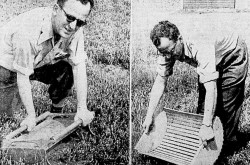
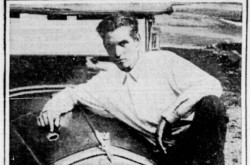
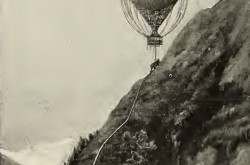
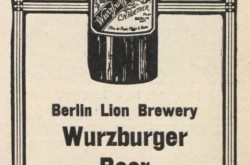

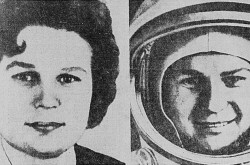
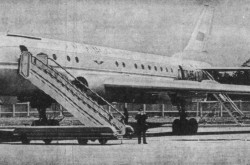
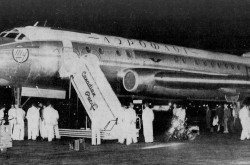
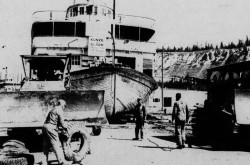
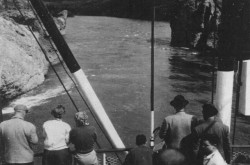
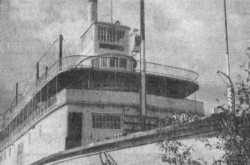
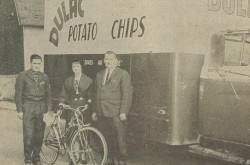
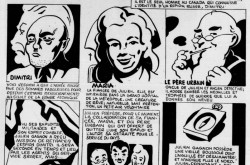
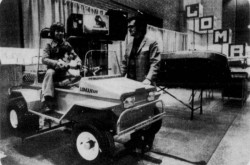
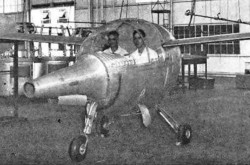
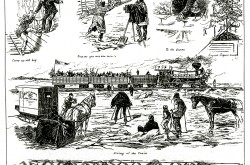
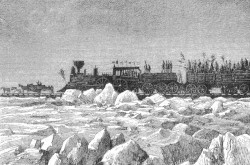
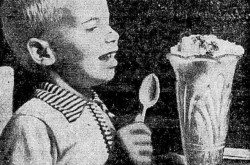
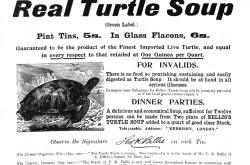
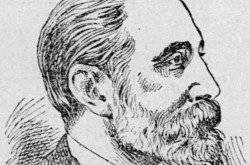
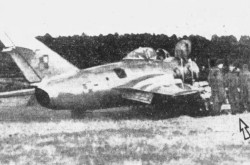
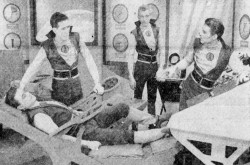
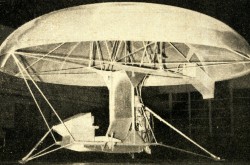
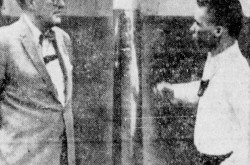
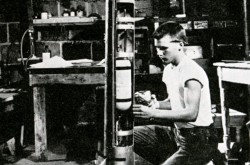
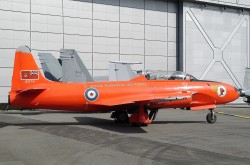
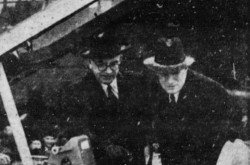
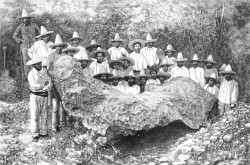
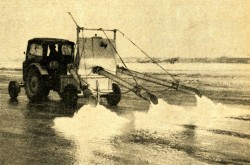
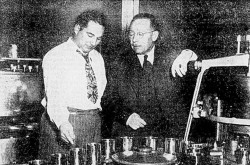
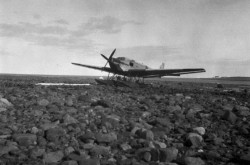
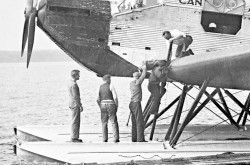
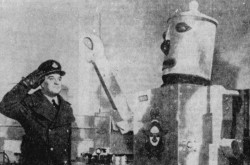
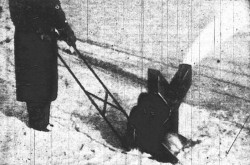
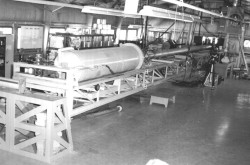
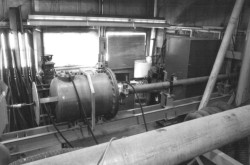
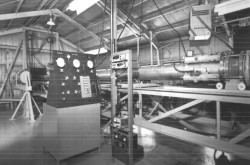
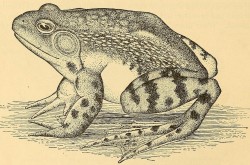
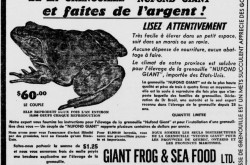
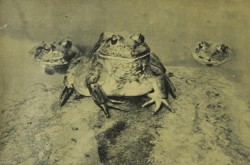
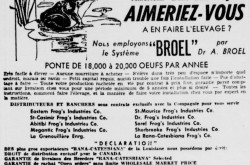
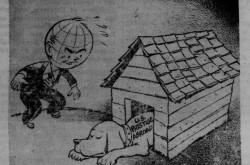
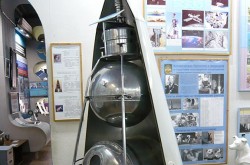
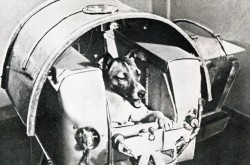
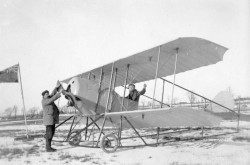
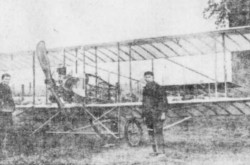
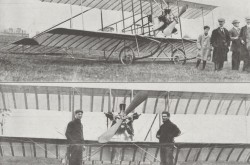
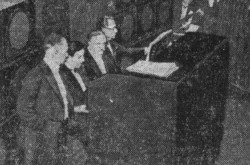
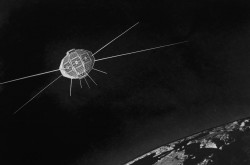
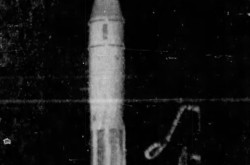
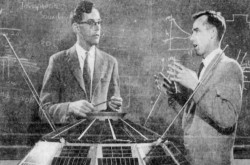
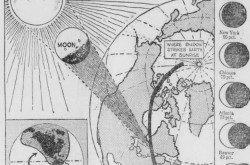



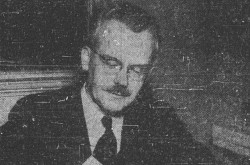
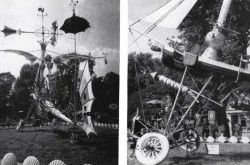
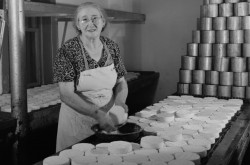
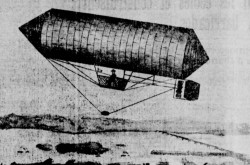
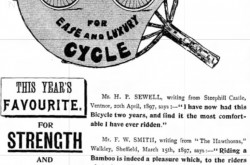
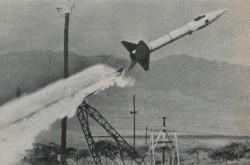
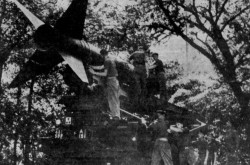
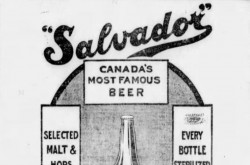

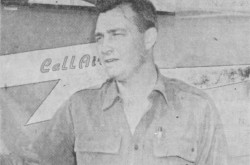
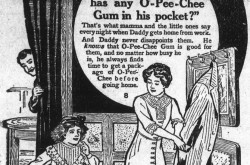
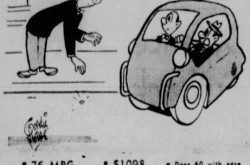
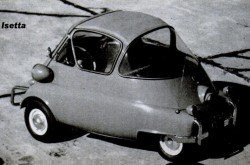
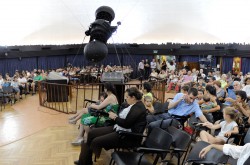
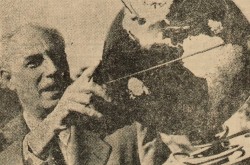
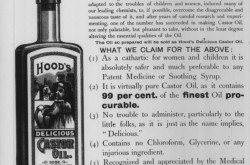
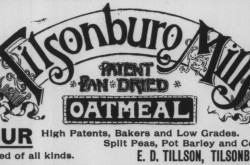
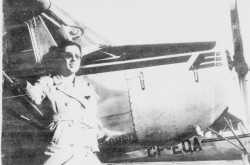
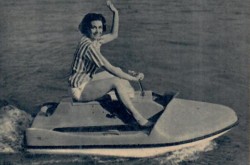

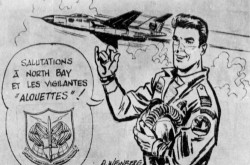
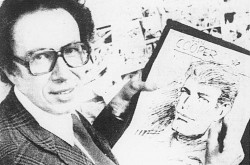
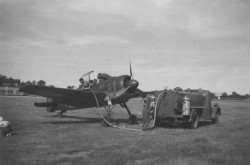

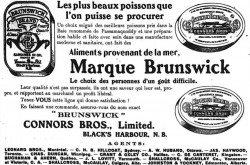


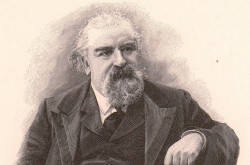
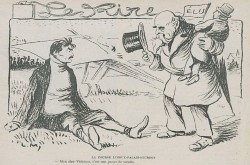
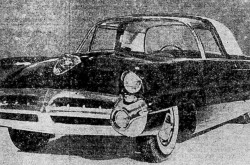
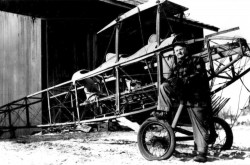
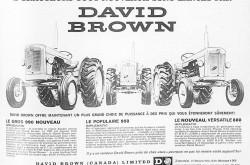
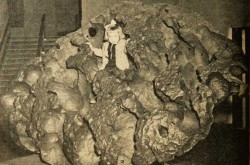
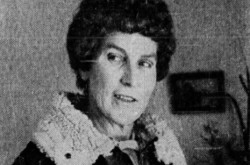
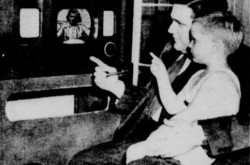
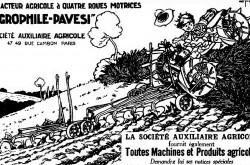
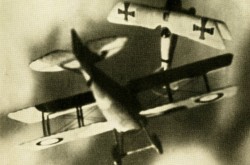
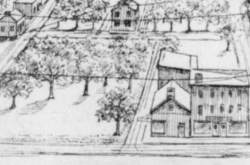
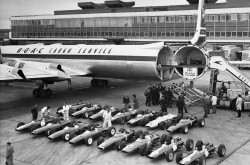
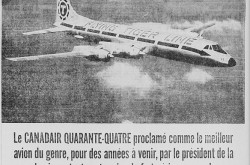
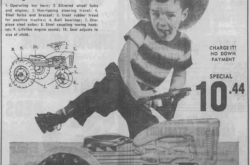
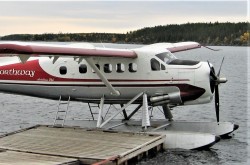
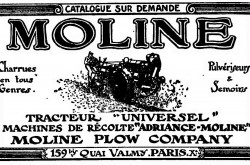
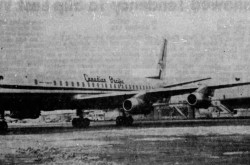
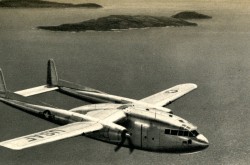
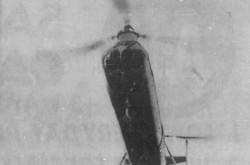

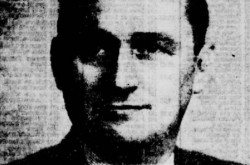
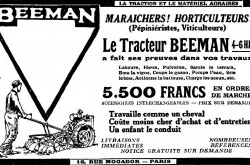
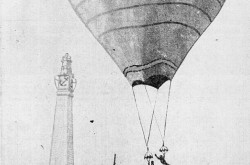

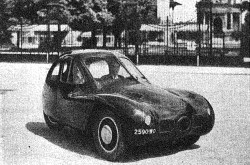
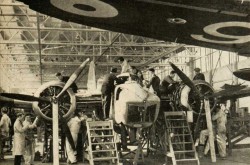
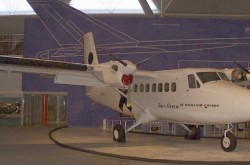
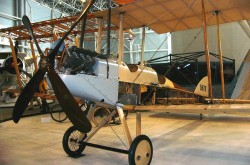
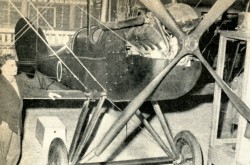

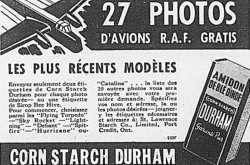

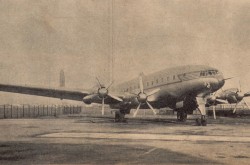
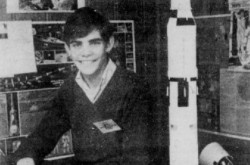
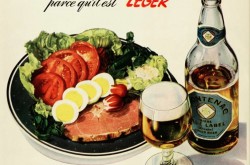
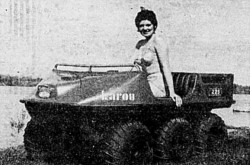
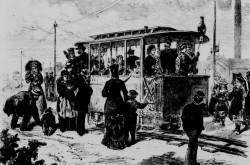
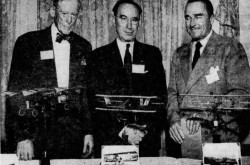
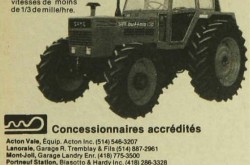
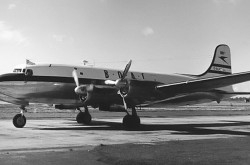
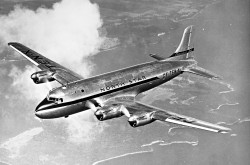
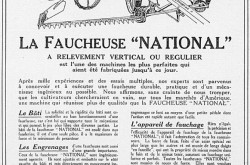
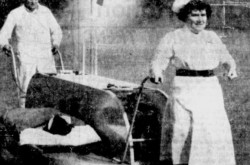
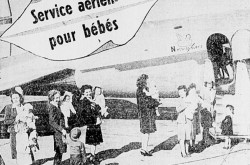
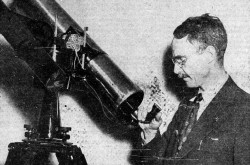
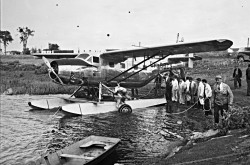
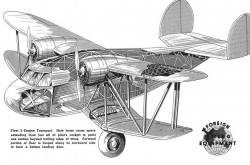
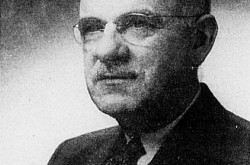
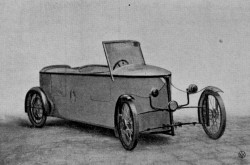
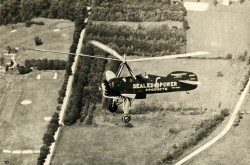
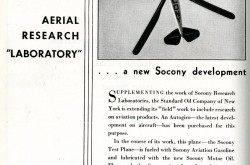
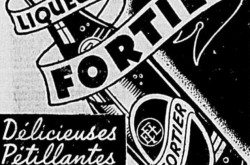
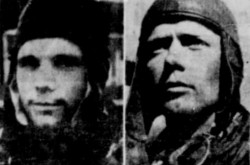
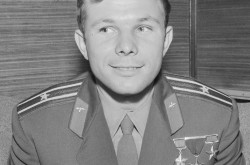
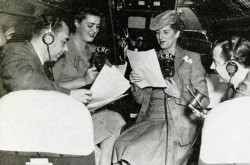
![Peter Müller at the controls [sic] of the Pedroplan, Berlin, Germany, March 1931. Anon., “Cologne contre Marseille – Le mystère du ‘Pédroplan.’ [sic]” Les Ailes, 2 April 1931, 14.](/sites/default/files/styles/thumbnail_7/public/2021-04/Les%20Ailes%202%20avril%201931%20version%20big.jpg?h=eafd0ed4&itok=WnBZ5gMf)
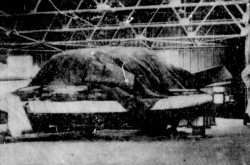
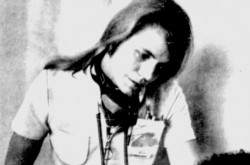
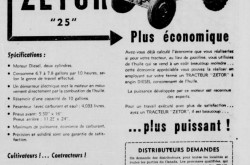
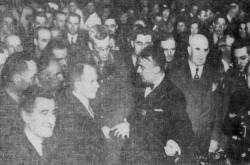
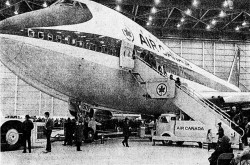
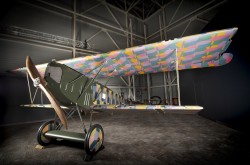
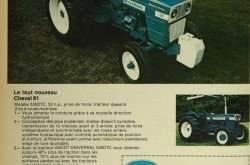
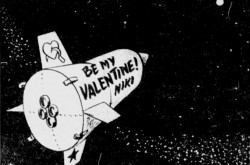
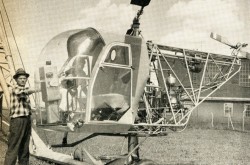

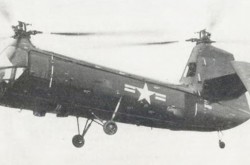
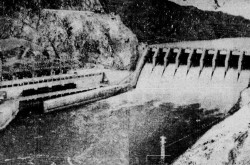
![One of the first de Havilland Canada Chipmunk imported to the United Kingdom. Anon., “De Havilland [Canada] DHC-1 ‘Chipmunk.’” Aviation Magazine, 1 January 1951, cover.](/sites/default/files/styles/thumbnail_7/public/2021-01/Aviation%20magazine%201er%20janvier%201951%20version%202.jpg?h=2f876e0f&itok=DM4JHe5C)
